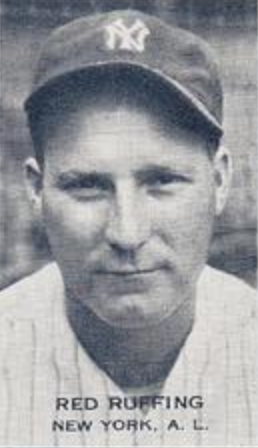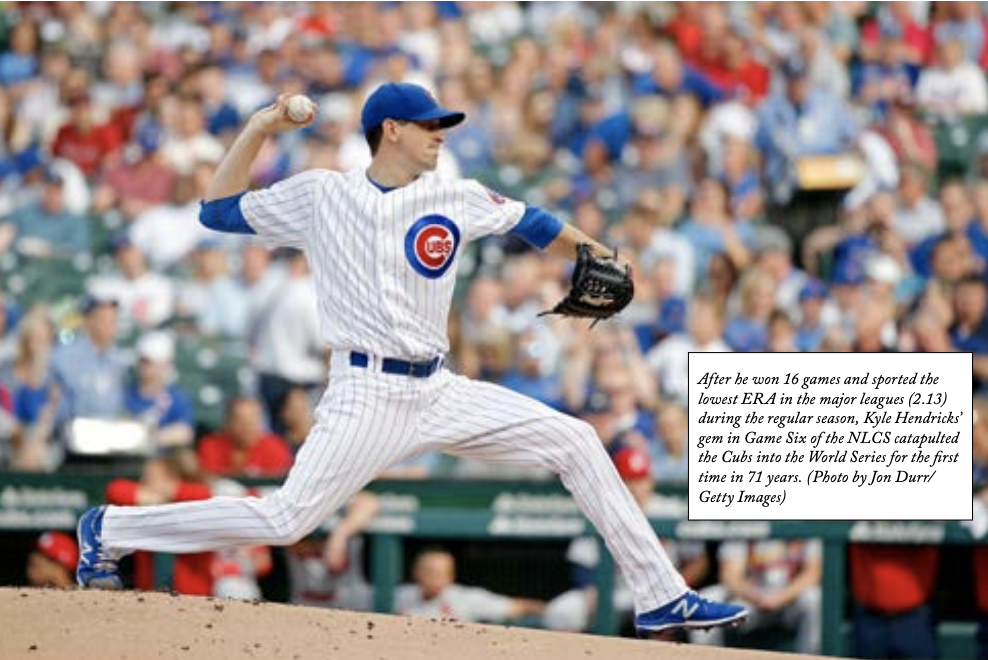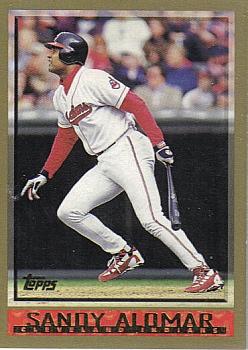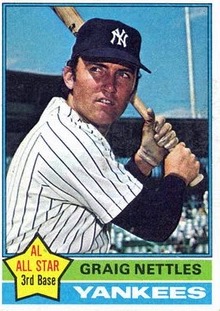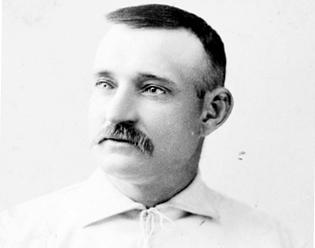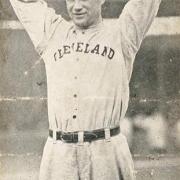October 18, 1986: Red Sox win World Series opener in wintry weather
 If the last word on the 1986 World Series was “unforgettable,” the first word was “freezing.” The heaters were on full blast in both dugouts at Shea Stadium, pitchers were allowed to blow on their hands, and bats were wrapped in towels. The fall classic felt like winter, but both teams would rather be in frigid New York than warm at home in front of the television.
If the last word on the 1986 World Series was “unforgettable,” the first word was “freezing.” The heaters were on full blast in both dugouts at Shea Stadium, pitchers were allowed to blow on their hands, and bats were wrapped in towels. The fall classic felt like winter, but both teams would rather be in frigid New York than warm at home in front of the television.
“If you ever wondered what happened to Johnny Unitas’s old cleats, Bill Buckner is wearing them,” Vin Scully told the NBC audience early in the Series opener.1 The announcers and many in the press treated Buckner playing on his painful ankles as heroic, or at least admirable. “When your requirement for a hotel room, the most important thing is to be near the ice machine to ice down your leg, that tells you the determination of that fellow,” Scully’s partner, Joe Garagiola, chimed in about Buckner.2
But from his first at-bat, when he bounced into a double play in the first inning, it was clear that Buckner’s mobility was severely compromised, even though he said his new high-top shoes made a difference. Sitting and watching from the dugout was perfectly healthy Don Baylor, who had started at first base 13 times in ’86 while committing just one error. But without the designated hitter in the National League park, Baylor was stapled to the Boston bench at Shea Stadium. The DH had been used in both the AL and NL park in the World Series in even years from 1976 through 1985, until the rule was changed by Commissioner Peter Ueberroth late in the 1986 season to follow the rule of the home park starting with the ’86 World Series.3 So Baylor, a former MVP with 31 home runs in 1986, who had waited 15 years as an everyday player – plus four losing American League Championship Series – to finally reach the World Series, would have to wait a couple of days longer.
A future manager, Baylor had plenty of time on the bench to think about how the recent rule change could affect the Series. “The advantage will probably be to the Mets because they can get a hitter four or five swings,” Baylor said. “But if I have to sit and watch, that takes away a regular from us.”4 He was forced to watch Bruce Hurst bat for the first time in the majors, striking out all three times. But no one was talking about Hurst’s hitting.
With the wind off Flushing Bay pushing the temperature down into the 40s, Hurst handcuffed the Mets from the outset. He struck out the first two Mets, Mookie Wilson and Lenny Dykstra, and fanned four his first time through the lineup. The second time through, however, Wilson and Dykstra each reached base and Hurst had to navigate Keith Hernandez and Gary Carter to get out of the third inning. It was the last time the Mets had multiple runners on base all night.
Ron Darling wasn’t bad, either. After a single by Marty Barrett in the first, he retired the next nine batters before Buckner singled with two outs in the fourth. Darling wild-pitched him to second and then walked Jim Rice, but Dwight Evans, whom Darling had watched from the Fenway Park bleachers growing up in Worcester, Massachusetts, flied out to end the inning. Someone Darling had played against in high school in Worcester in the 1970s would hit the ball that proved the difference in the 1986 World Series opener.
“We went to different schools, rival schools,” Rich Gedman recalled almost three decades later as hitting coach for the Red Sox Double-A affiliate in Portland, Maine. “He’s a couple of years younger than I am. But still it’s nice to see somebody from the area make it to the major leagues – not only make it to the major leagues, but have an opportunity to win a world championship. It’s a shame that both can’t win, but I was happy for him.”5
Gedman’s routine grounder in the seventh inning went through Mets second baseman Tim Teufel’s legs and brought home Jim Rice with the game’s only run.
Seeing that the Red Sox had a chance to take the opener on the road from the brash 108-win Mets, the overwhelming World Series favorites among Las Vegas oddsmakers at 2½ to 1, Boston manager John McNamara pulled out all the stops. And he pulled his starting pitcher – not to mention his first baseman.
Calvin Schiraldi, the key player the Red Sox got from the Mets the previous offseason in the eight-player deal that sent Bob Ojeda to New York, came on to pitch the ninth inning after Hurst had limited the Mets to four hits and four walks. (Ron Darling, on the short side for the Mets, allowed just three hits and three walks in seven innings.) McNamara sent up Mike Greenwell to bat for Hurst with two outs in the top of the ninth after left fielder Kevin Mitchell threw out Dwight Evans at the plate on Dave Henderson’s single. Boston never got that insurance run, but the Red Sox did have defensive insurance. As McNamara had done in all four wins in the ALCS, Dave Stapleton came on to play first base for the hobbled Buckner with Boston leading.
After Schiraldi walked Darryl Strawberry to open the bottom of the ninth, Stapleton fielded Ray Knight’s bunt and got the lead runner at second. Schiraldi retired former teammates Wally Backman and Danny Heep and the Red Sox had Game One. The Mets, who hit just .189 in the NLCS in Houston but hit the jackpot three times in their last at-bat, looked more anemic than unlucky against Boston in the Series opener. The Mets had not been shut out at Shea Stadium since September 1985, but the second postseason series in as many weeks began with a 1-0 Mets loss. For the Red Sox, facing Dwight Gooden the next evening with their own ace, Roger Clemens, on the mound, winning Game One was just what the doctor ordered. Well, maybe not Doc Gooden.
This article originally appeared in “The 1986 New York Mets: There Was More Than Game Six” (SABR, 2016), edited by Leslie Heaphy and Bill Nowlin. Read more game stories from the book at the SABR Games Project by clicking here.
Notes
1 New York Mets 1986 World Series Collector’s Edition, Game One. MLB Official DVD, A&E Home Video, 2006.
2 Ibid.
3 G. Richard McKelvey, All Bat No Glove: A History of the Designated Hitter (Jefferson, North Carolina: McFarland & Co., 2003), 86, 92.
4 George Vecsey, “The Designated Hitter Rule Is Unfair to Don Baylor,” New York Times, October 19, 1986.
5 Author interview with Rich Gedman, August 14, 2014.
Additional Stats
Boston Red Sox 1
New York Mets 0
Game 1, WS
Shea Stadium
New York, NY
Box Score + PBP:
Corrections? Additions?
If you can help us improve this game story, contact us.


